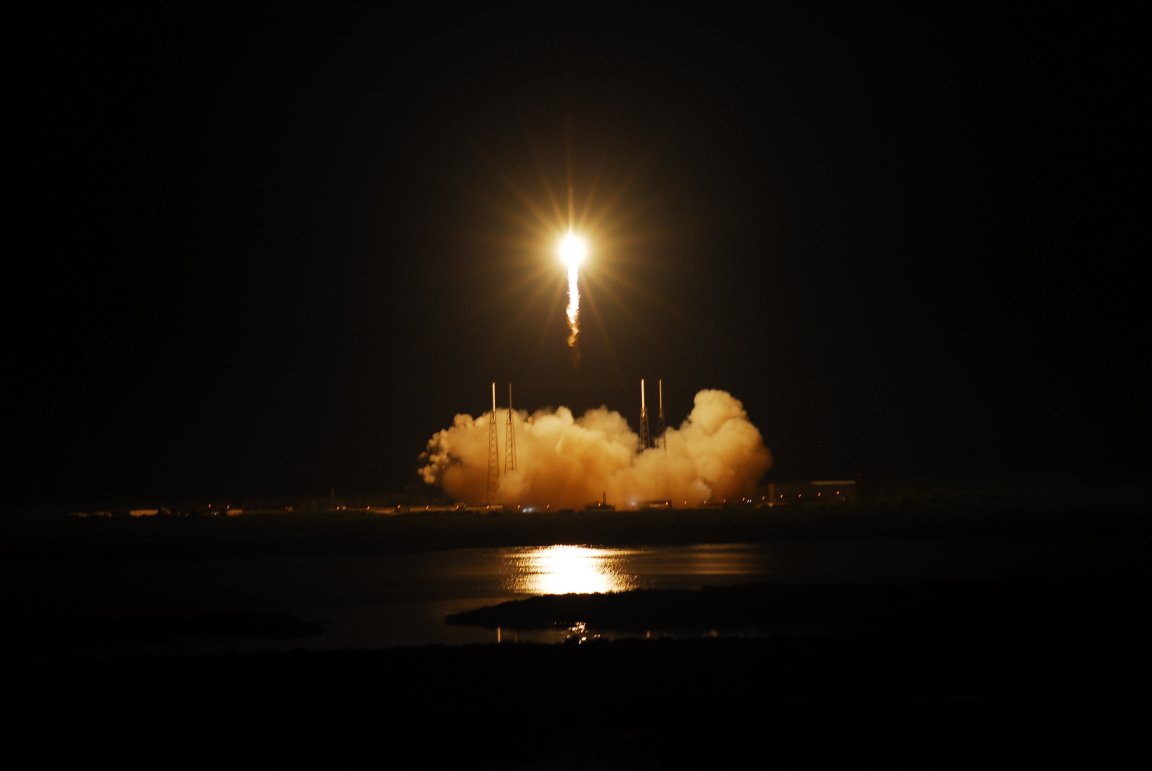
The SpaceX Falcon rocket may have landed successfully, but company founder and chief executive Elon Musk says that the rocket sustained so much damage that it may be unable to fly again. This unfortunate news comes after it was able to successfully deliver a communication satellite into orbit.
However, it seems that the news is not entirely unexpected. Despite the successful ocean landings seen in earlier missions, like the cargo run to the International Space Station, SpaceX had expressed doubt that the Falcon 9 would be able to replicate this feat flawlessly.
Rocket science, after all, is not easy.
With the ultimate goal of creating reusable rockets that can lower the cost of space travel, it’s critical that rockets launched into space are in good enough working condition to, well, travel back to space again. But in a tweet posted by Musk, he notes that the Falcon 9 sustained “max damage” which was likely caused by the extreme entry velocity.
Most recent rocket took max damage, due to v high entry velocity. Will be our life leader for ground tests to confirm others are good.
— Elon Musk (@elonmusk) May 15, 2016
Notably, the problem was mostly that the conditions for this flight were more extreme.
To break this down a bit: The extra speed required for this satellite-delivery meant that the rocket returning to Earth experienced five times more heating than the previous booster did. To that end, the damage was caused by the rocket’s high speed after it descended onto the ocean platform.
For its trip, it coasted at an altitude of about 76 miles above Earth, and then it entered into the atmosphere at a blazing Mach 5.7. Just before touchdown, the rocket turned on three of its nine engines, which reduced speed from 441 mph to 134 mph in three seconds.
Ultimately, the rocket settled when it was traveling about 2.5 mph. And the scorched booster likely won’t be flying again.